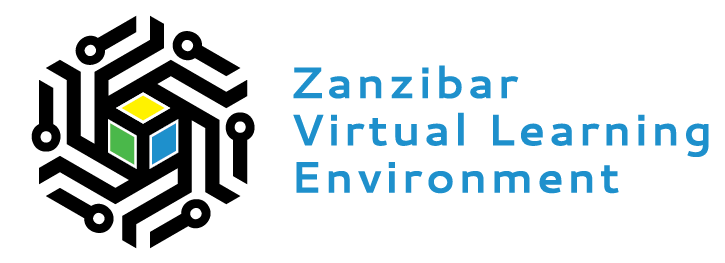- Explore basic electricity relationships.
- Explain basic electricity relationships in series and parallel circuits.
- Use an ammeter and voltmeter to take readings in circuits.
- Provide reasoning to explain the measurements and relationships in circuits.
- Build circuits from schematic drawings.
- Determine if common objects are conductors or insulators.
You have learnt about static electricity where charged particles (electrons) can move from one object into another giving objects an overall charge. In this unit1 you will learn about current electricity. This is when a continuous flow of charge can be created using a circuit made of conducting wires and an energy source.
The flicker of numbers on a handheld calculator, nerve impulses carrying signals of vision to the brain, an ultrasound device sending a signal to a computer screen, the brain sending a message for a baby to twitch its toes, an electric train pulling into a station, a hydroelectric plant sending energy to metropolitan and rural users—these and many other examples of electricity involve electric current, which is the movement of charge. Humanity has harnessed electricity, the basis of this technology, to improve our quality of life.


